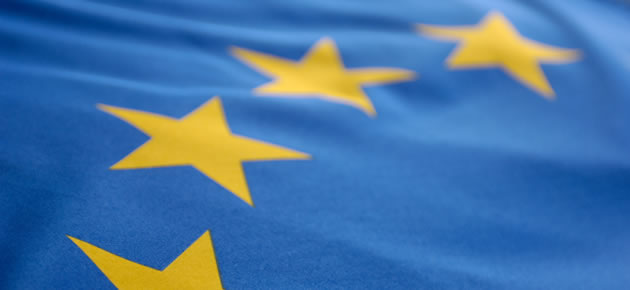Over the course of Australasian trading European Central Bank stimulus speculation and rising risk-appetite saw the Euro to AUD exchange rate decline.
Higher yielding assets like the Australian and New Zealand Dollars rallied as stocks climbed and the ‘Aussie’ achieved both a four-week high against the US Dollar and a multi-month high against the Euro.
The commodity-driven currency was barely affected by Australia’s federal budget even after ratings agency Standard & Poor’s asserted that the measures outlined might not be enough for the nation to hit surplus.
The fact that investors expect the Reserve Bank of Australia to increase interest rates within the next twelve months also supported the Australian Dollar. The Commonwealth Bank of Australia still envisage the RBA hiking rates in the final quarter of the year.
According to currency strategist Peter Dragicevich, the ‘Aussie’ could have further to run. He recently stated; ‘The signs and the data suggests that the economic transition away from mining investment is coming through better than what people were expecting a year ago, the RBA has also shifted to a neutral bias from an easing bias… and the effect on the US Dollar of asset purchase tapering hasn’t been what people expected […] A year ago people were expecting the Aussie to be in the low US80s at the end of this year… it’s quite conceivable that we do test parity’.
Meanwhile, the Euro continued to adopt a weaker position as the prospect of the ECB introducing stimulus in June kept pressure on the currency.
Less-than-impressive industrial production data for the Eurozone also contributed to the EUR/AUD pairing’s bearish relationship.
Industrial production in the 18-nation currency bloc slipped by 0.3 per cent in March month-on-month, wiping out February’s 0.2 per cent gain.
On the year, industrial production was down 0.1 per cent. Economists had anticipated an annual gain of 0.9 per cent.
Tomorrow’s Australian foreign transaction data is unlikely to cause much ‘Aussie’ movement, but the German/Eurozone growth and inflation reports could impact the EUR/AUD exchange rate over the course of European trading.
In other currency news, the Pound broadly declined in response to slightly disappointing UK employment data.
The Bank of England also delivered a neutral inflation report and the lack of a hawkish bias reduced the Pound’s appeal.
Euro (EUR) Exchange Rates
[table width=”100%” colwidth=”50|50|50|50|50″ colalign=”left|left|left|left|left”]
Currency, ,Currency,Rate ,
Euro,
Euro,
Euro,
Euro,
Euro,
[/table]
